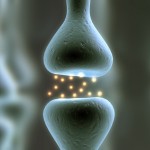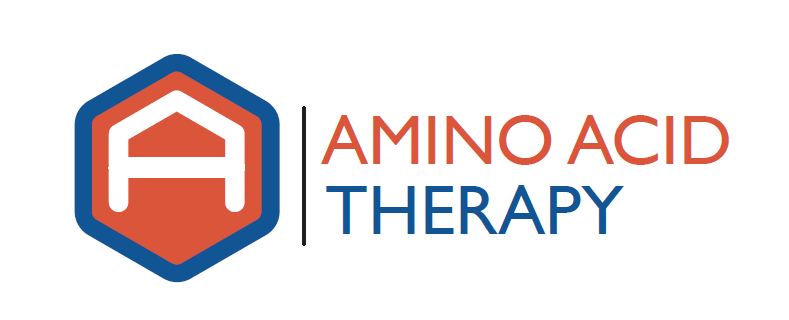 The first post in this series discussed what ‘neurotransmitter testing’ actually is and what it is measuring. This post will cover when neurotransmitter testing is indicated and how it is used in practice.
The first post in this series discussed what ‘neurotransmitter testing’ actually is and what it is measuring. This post will cover when neurotransmitter testing is indicated and how it is used in practice.
Based on our discussion in Part 1 of this series, the first rule of neurotransmitter testing is that baseline testing (i.e., when not on a set amount of amino acids) is of no clinical value. Baseline testing does not provide clinically useful information that can help direct amino acid therapy.
The second rule of neurotransmitter testing is to submit a test after seven days on a specific dose of amino acids if a person’s symptoms are still present. Waiting longer than seven days is usually of no use, as a person’s neurotransmitter levels usually reach a steady state after 5-7 days if no doses are missed during that time. The results of this initial test will help guide the proper use of amino acid therapy.
From clinical experience, it generally takes 3-4 tests to get a person’s symptoms under control (if they fall under the three phase model). If testing indicates that a person is dopamine dominant, a dopamine challenge may be initiated to help determine if the person is in fact, dopamine dominant.
A dopamine challenge may be initiated if: (1) neurotransmitter testing shows extreme serotonin fluctuations (for example, a person taking 300 mg of 5-HTP has a serotonin value of 8,000 ugr/grCr on the test); (2) a person completes five tests under the three phase model without relief of symptoms; (3) the person exhibits symptoms of a disorder that is strongly associated with dopamine dominance.
Determining if a person is dopamine dominant or operates under the three phase model is essential to determining how to use amino acid therapy to correct their underlying neurotransmitter imbalances.

